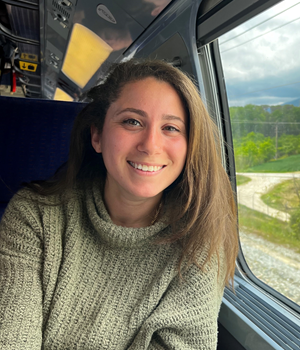Continuing the Conversation about Health and Safety of Northern Virginia Youth
April 7, 2025 at 12:00 pm - 12:30 pmIn April, we took a deeper dive into the critical issues impacting the safety and well-being of youth in Northern Virginia. We explored key challenges related to students' perceptions of safety, mental health concerns, and trends in substance use across the region. This session continued conversations from the Shape of the Region Conference on March 25. Senior Director of Insight Region®, Denise Bellows was joined by doctoral candidate in the Interdisciplinary Program in Neuroscience at George Mason University, Dylan V. Scarton. Dylan has worked closely with Dr. Holly Matto, who was on our panel at Shape of the Region. Dylan shared his work using the iCONNECT app to prevent adolescent risk behaviors and support youth facing substance use challenges.
Learn more by watching our recording and reading our recap questions.
This session is designed to provide educators, mental health professionals, community leaders, and parents with a deeper understanding of the pressing safety and health challenges facing youth in NOVA.
Slides are available here
Resources:
- Community Foundation for Northern Virginia Leads Regional Dialogue on Youth Well-Being
- CSPAN StudentCam 2025 Grand Prize Winner, “Teens, Social Media, and the Fentanyl Overdose Crisis.”
- Learn more about the Virginia’s Mental Health Corp
- Learn more about the iCONNECT app
- Learn more about RecoveryCorp
- Learn more about PACES
- Learn more about “3 to Succeed”
Recap Questions:
Q. Data and Trends: Are there any specific data trends or findings from this report that surprised you?A. Our recent report on youth identified several key challenges facing youth in Northern Virginia, including:
- 30% of Middle Schoolers report feeling unsafe
- Electronic bullying has increased and youth report the negative impact on their mental health.
- Death by suicide and opioid overdose have increased by more than 40% among the youth in Northern Virginia.
A. Electronic bullying and gun violence appear to be big concerns related to safety. School cell phone bans seem to be having a positive impact so far, based on reports by some local school districts.
Q. Resources and Support: What resources are currently available to support students facing mental health challenges?
A.
- School-based mental health models need to be funded and developed appropriately based on the local needs. The Governor recently passed legislation to assess school mental health resources to inform future programming and support.
- While Virginia’s Mental Health Assessment Program (VMAP) aims to address the shortage in mental health providers and mental health care access by training pediatricians, there are still barriers to care.
- There is strong evidence for the effectiveness of peer support models, which can be implemented in schools and in communities. These include Fairfax County’s implementation of the Rambassador’s program to create a supportive and welcoming culture at schools and Americorp’s Youth Mental Health Corp, which will being in Virginia this Fall, 2025.
A. One innovative approach to supporting youth with opioid disorders is the iCONNECT app. Developed at GMU in 2021, the iCONNECT app is now partnering with RecoveryCorp to bring peer navigation to the area and connect youth to helplines, support groups, and other recovery resources and professional services in Northern Virginia.
Q. Community Support: What can I do to support youth in my community?
A. Finally, everyone can have a role in supporting Northern Virginia’s youth by understanding Protective and Compensatory Experiences (PACES), which are the protective factors that can increase resilience and protect youth from both physical and mental health challenges. PACES include:
- Developing friendships and healthy relationships
- Volunteerism or other civic engagement
- Having a mentor (for example, school resource officers are tasked with being mentors and role models in addition to ensuring school safety).
- Participating in a hobby, sport, or physical activity


 Questions?
Questions? Questions?
Questions?




